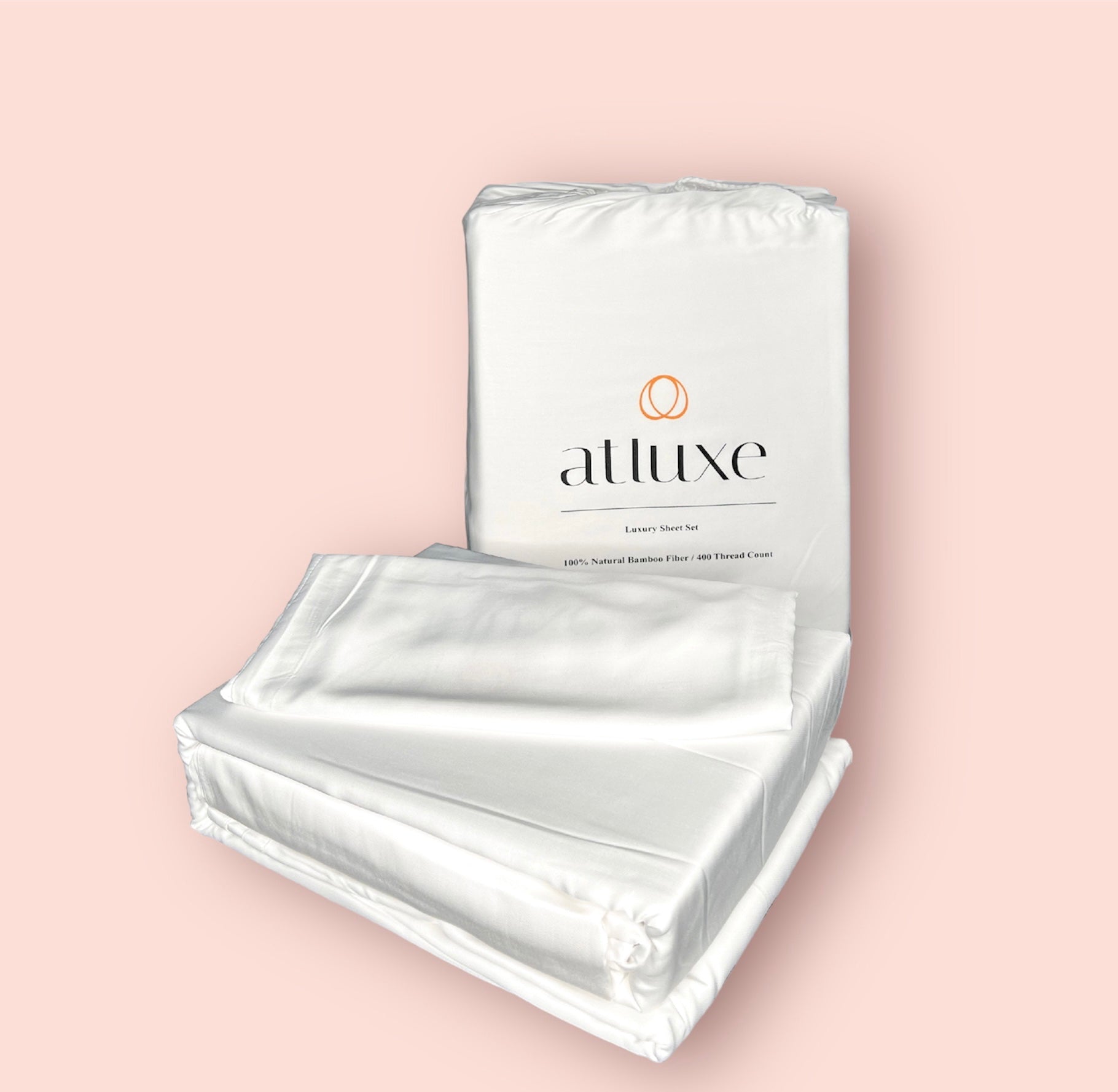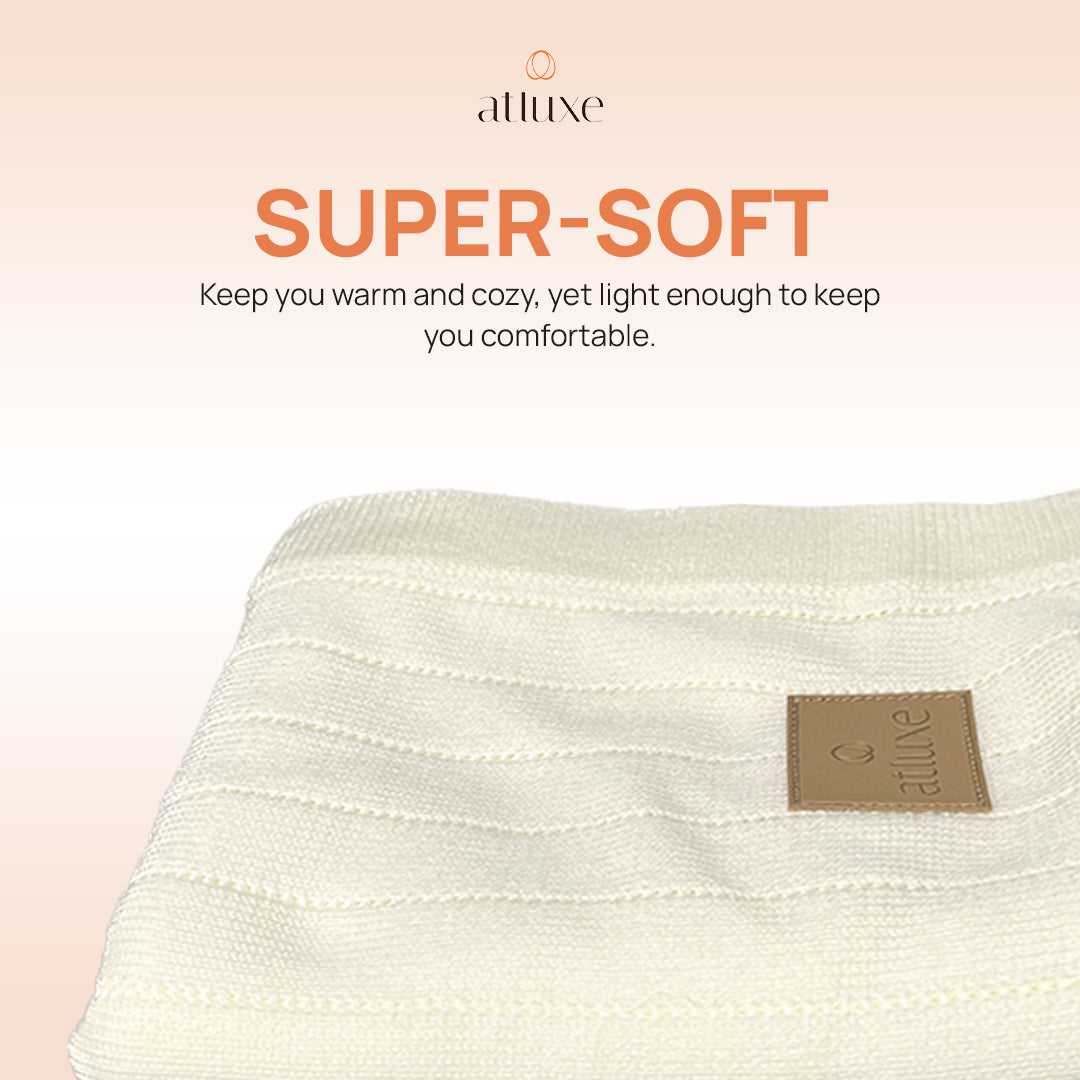When it comes to the well-being of your family, choosing the best hypoallergenic blankets is a crucial decision. These specialized blankets are designed to provide comfort while minimizing allergic reactions, making them a perfect choice for those sensitive to traditional bedding materials. Dive into this guide to explore the key features, types, and maintenance tips for hypoallergenic blankets to ensure a cozy and safe night’s sleep for your loved ones.
Understanding the Importance of Hypoallergenic Blankets
Ensuring a good night’s sleep is essential for overall health, and for individuals with allergies or sensitivities, hypoallergenic blankets play a vital role. These blankets are crafted from materials that minimize the presence of allergens such as dust mites, pet dander, and pollen, creating a safer sleeping environment.
By investing in hypoallergenic blankets, you are not only choosing comfort but also taking proactive steps to reduce allergic reactions, respiratory issues, and skin irritations that can be triggered by common bedding materials. Prioritizing hypoallergenic options can lead to better sleep quality and improved well-being for your family.
Moreover, hypoallergenic blankets are a sustainable choice, as they are often made from eco-friendly materials that are gentle on both the skin and the environment. By opting for these blankets, you contribute to a healthier planet while safeguarding your family’s health.
Key Features to Look for in Hypoallergenic Blankets
When selecting hypoallergenic blankets for your family, it’s essential to consider key features that ensure both comfort and allergen protection. Look for blankets made from natural fibers such as organic cotton, bamboo, or silk, as these materials are hypoallergenic and gentle on the skin.
Additionally, choose blankets with tight weaves or hypoallergenic synthetic materials that prevent allergens from penetrating the fabric. Breathability is another crucial feature to prevent overheating and maintain a comfortable temperature throughout the night.
Some hypoallergenic blankets come with additional benefits such as moisture-wicking properties, antimicrobial treatments, or reversible designs for versatility. Prioritize these features based on your family’s specific needs and preferences to find the perfect hypoallergenic blanket.
Comparing Different Types of Hypoallergenic Blankets
The world of hypoallergenic blankets offers a diverse range of options to suit every individual’s requirements. From ultra-soft organic cotton blankets to luxurious silk throws, there is a hypoallergenic blanket for every style and preference.
Weighted hypoallergenic blankets are gaining popularity for their calming effects and sensory benefits, making them ideal for individuals seeking relaxation and improved sleep quality. Quilted, fleece, and knit hypoallergenic blankets provide varying textures and warmth levels to cater to different comfort needs.
Consider your family’s sleep habits, seasonal preferences, and sensitivities when choosing the type of hypoallergenic blanket that best complements your lifestyle. Whether you opt for a cozy sherpa throw or a lightweight bamboo blanket, prioritize quality and hypoallergenic properties for a restful night’s sleep.
Tips for Maintaining and Cleaning Hypoallergenic Blankets
Proper maintenance is key to prolonging the lifespan and efficacy of your hypoallergenic blankets. Always refer to the manufacturer’s instructions for washing and care to avoid damaging the hypoallergenic properties of the blanket.
Regularly washing your hypoallergenic blankets in warm water with gentle detergent helps remove dust, allergens, and body oils that can accumulate over time. Consider using a hypoallergenic laundry detergent to prevent skin irritation and maintain the integrity of the materials.
For drying, air-drying your blankets is often recommended to prevent shrinking and preserve the softness of the fibers. However, some hypoallergenic blankets may be suitable for low-heat machine drying—always check the care label to ensure the best drying method for your specific blanket.
To maintain freshness between washes, regularly fluff and air out your hypoallergenic blankets. Store them in a cool, dry place away from direct sunlight to prevent moisture buildup and mildew. By following these simple maintenance tips, you can enjoy clean, cozy, and allergen-free blankets for years to come.
Embracing Comfort and Well-being
As you navigate the world of hypoallergenic blankets, remember that the well-being of your family is paramount. By selecting blankets crafted with care and considering the unique needs of your loved ones, you can create a home environment that promotes comfort and health. Embrace the cozy embrace of hypoallergenic blankets and transform your family’s sleep experience one snuggle at a time.









Leave a comment